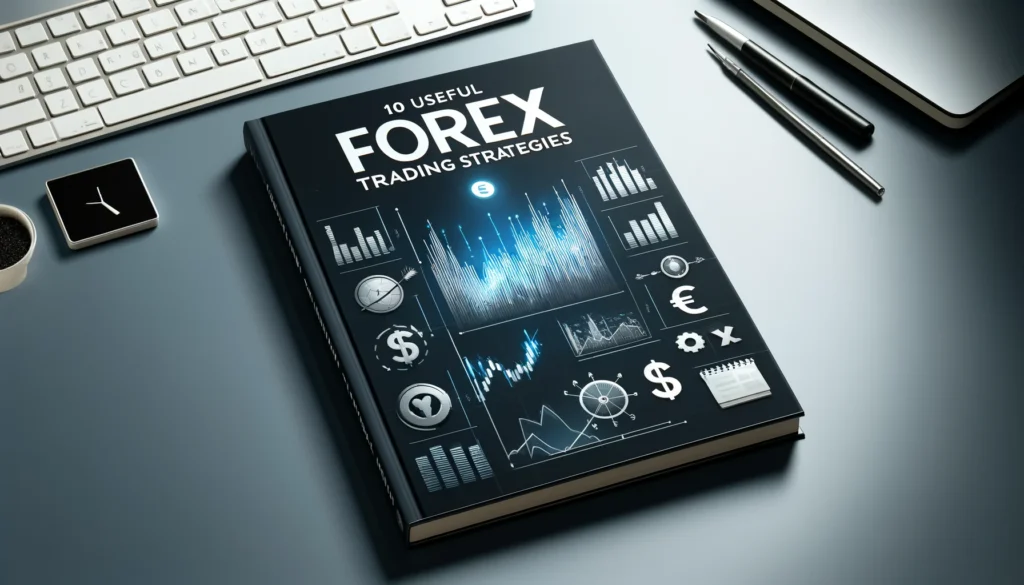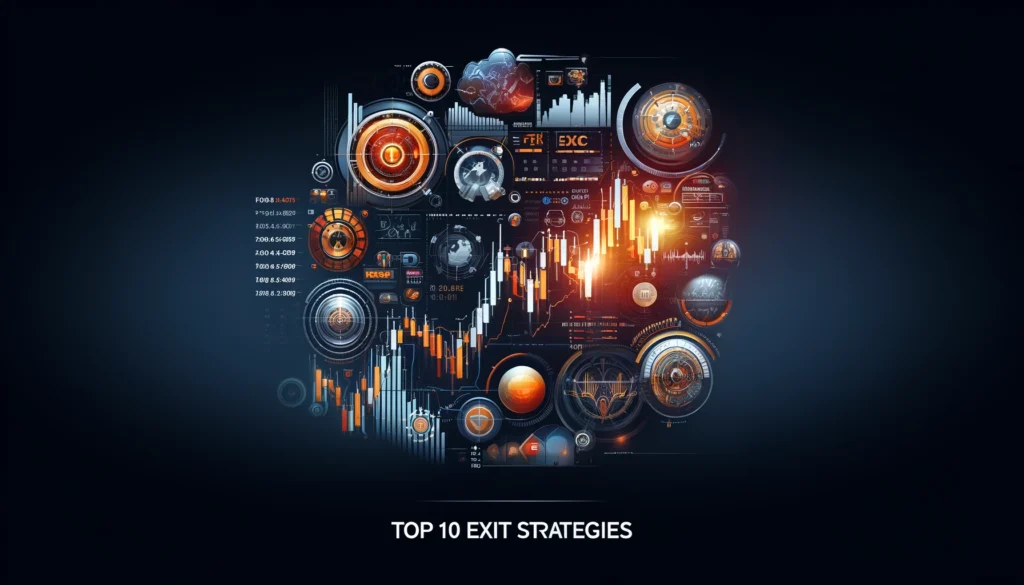Forex trading can be a complex and dynamic field, but with the right strategies, traders can navigate the market more effectively. Here are ten useful forex trading strategies that can help you achieve success and maximize your potential in the forex market. 1. Trend Following Trend following is one of […]
Market Conditions
In the fast-paced world of trading, success is often attributed to a combination of knowledge, discipline, and the right habits. Developing effective habits can set you apart from the average trader and help you achieve consistent results. In this article, we will explore the ten key habits that successful traders […]
Momentum trading is a strategy that seeks to capitalize on the continuance of existing trends in the market. By focusing on the strength of price movements, traders can make informed decisions and optimize their profits. What is Momentum Trading? Momentum trading involves buying and selling currency pairs based on recent […]
The Ichimoku Cloud, also known as Ichimoku Kinko Hyo, is a versatile and comprehensive trading indicator widely used in forex trading. Developed by Japanese journalist Goichi Hosoda in the late 1960s, this indicator provides a complete view of market trends, momentum, and potential support and resistance levels. In this article, […]
Range trading is a popular forex trading strategy that involves identifying key support and resistance levels, and then buying at the support level and selling at the resistance level. This method capitalizes on the predictable price movements within a defined range. Understanding and mastering range trading can enhance a trader’s […]
Fibonacci trading is a popular forex trading strategy that utilizes the Fibonacci sequence and its ratios to predict potential price movements and retracement levels. This method helps traders identify entry and exit points, making it an essential tool in forex trading. Understanding Fibonacci Sequence The Fibonacci sequence is a series […]
Breakout trading is a popular forex trading strategy that aims to capitalize on sudden price movements. By identifying key levels of support and resistance, traders can enter the market at the onset of a significant price movement, potentially leading to substantial profits. In this article, we will explain the fundamentals […]
Moving averages (MAs) are one of the most widely used technical indicators in forex trading. They help traders smooth out price data to identify trends, support, and resistance levels. This article will explain the different types of this indicator, how to use them effectively, and the benefits and limitations of […]
Effective exit strategies are crucial for successful forex trading. Knowing when and how to exit a trade can protect profits, minimize losses, and improve overall trading performance. In this article, we will explore the top 10 exit strategies in forex trading, helping you make informed decisions and enhance your trading […]
Forex spread is a crucial concept in trading that represents the difference between the bid price and the ask price of a currency pair. Understanding the spread can significantly impact your trading strategy and profitability. What is Forex Spread? The forex spread is the difference between the highest price a […]










